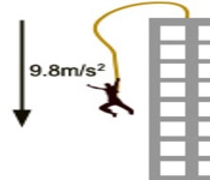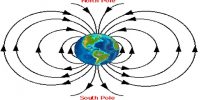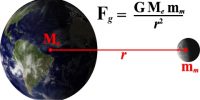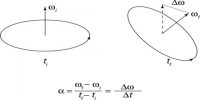Galileo was the first to make a systematic study of the motion of a body under the gravity of the Earth. He dropped various objects from the leaning tower of Pisa and made analysis of their motion under gravity. He came to the conclusion that in the absence of air, all bodies will fall at the same rate”. It is the air resistance that slows down a piece of paper or a parachute falling under gravity. If a heavy stone and a parachute are dropped where there is no air, both will fall together at the same rate.

Experiments showed that the velocity of a freely falling body under gravity increases at a constant rate, with a constant acceleration. The acceleration produced in a body on account of the force of gravity is called acceleration due to gravity. It is denoted by g. At a given place, the value of g is the same for all bodies irrespective of their masses. It differs from place to place on the surface of the Earth. It also varies with altitude and depth. The value of g at sea-level and at a latitude of 45° is taken as the standard, g = 9.8 ms-2.












